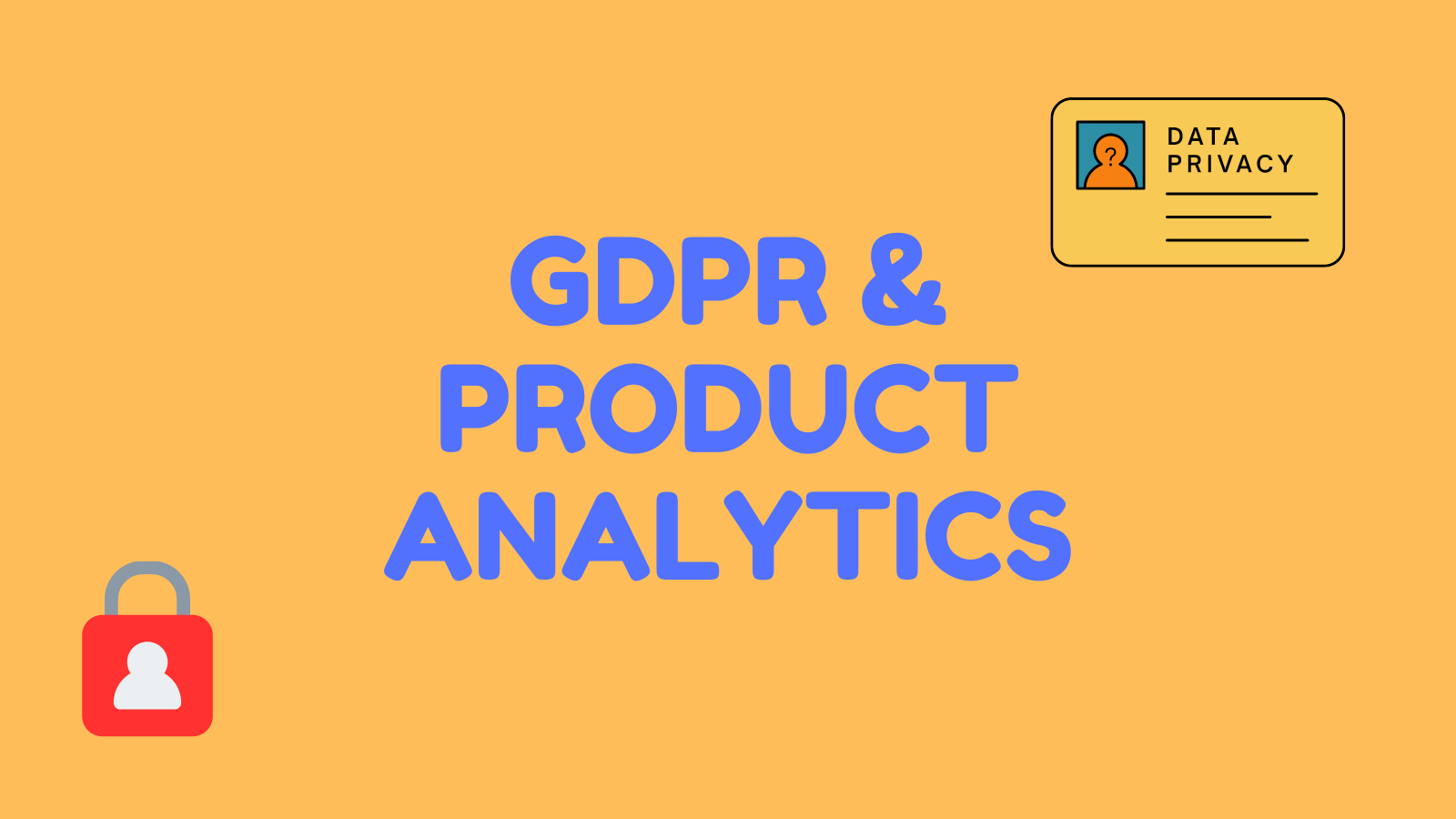Introduction
In the era of data-driven decision-making, product analytics is pivotal in empowering product managers to understand user behavior, enhance product experiences, and drive business growth. However, with the enforcement of the General Data Protection Regulation (GDPR) in May 2018, product managers must navigate a complex landscape of data privacy and protection to ensure compliance while leveraging the power of analytics.
Understanding GDPR
The General Data Protection Regulation (GDPR) is a comprehensive data privacy law that was introduced by the European Union (EU) to safeguard the rights and privacy of individuals within the EU and the European Economic Area (EEA). It applies to all organizations that process the personal data of EU/EEA residents, regardless of where the organization is located.
GDPR grants individuals several rights concerning their personal data, including the right to access, rectify, erase, and restrict data processing. Organizations must be transparent about their data collection practices, obtain explicit consent for data processing, implement appropriate security measures, and appoint a Data Protection Officer (DPO) to oversee data-related activities.
Data Minimization and Purpose Limitation
Product managers must adopt the principles of data minimization and purpose limitation when implementing product analytics. Data minimization involves collecting and processing only the necessary data to achieve specific objectives. Product managers should regularly assess the data they collect, ensuring that it aligns with the intended use and provides genuine value to the end-users.
Purpose limitation requires product managers to specify the data collection and processing purpose clearly. Additionally, data collected for one purpose should not be used for a different, incompatible purpose without obtaining explicit consent from the users.
Anonymization and Pseudonymization
Anonymization and pseudonymization are key techniques to protect user privacy in product analytics. Anonymization involves stripping data of personally identifiable information (PII) so that the data can no longer be attributed to an individual. Pseudonymization, however, involves replacing or encrypting identifiable information with a pseudonym, making it more challenging to link data to specific individuals without additional information.
By employing these techniques, product managers can derive valuable insights from data while reducing the risk of infringing upon user privacy.
Consent Management
Consent is a central pillar of GDPR compliance. Product managers must ensure that users provide informed and explicit consent before collecting and processing their personal data. Consent requests should be presented clearly, without ambiguity, and specific to the intended data processing activities.
It’s essential to remember that consent is not a one-time affair; users can withdraw their consent at any time. Product managers should provide a straightforward mechanism for users to manage their consent preferences easily.
User Rights and Data Subject Requests
Product managers must be prepared to handle user rights requests effectively. Under GDPR, individuals can access their data, correct inaccuracies, erase their data (the “right to be forgotten”), and restrict or object to processing. Product managers must establish procedures to handle these data subject requests promptly and transparently.
Data Security and Data Sharing
Product managers must prioritize data security to protect user information from unauthorized access, loss, or disclosure. Robust security measures, such as encryption, access controls, and regular audits, are essential to safeguarding user data.
When sharing data with third-party analytics vendors or partners, product managers must ensure proper data processing agreements are in place. These agreements must specify the purposes of data sharing, data protection responsibilities, and limitations on data usage.
Conclusion
Navigating GDPR aspects in product analytics requires a comprehensive understanding of data privacy regulations and their implications. Product managers must adopt a privacy-first approach, incorporating data minimization, consent management, anonymization, and pseudonymization practices. By upholding user rights and ensuring data security, product managers can build trust with users while harnessing the full potential of product analytics to drive innovation and growth compliantly.


